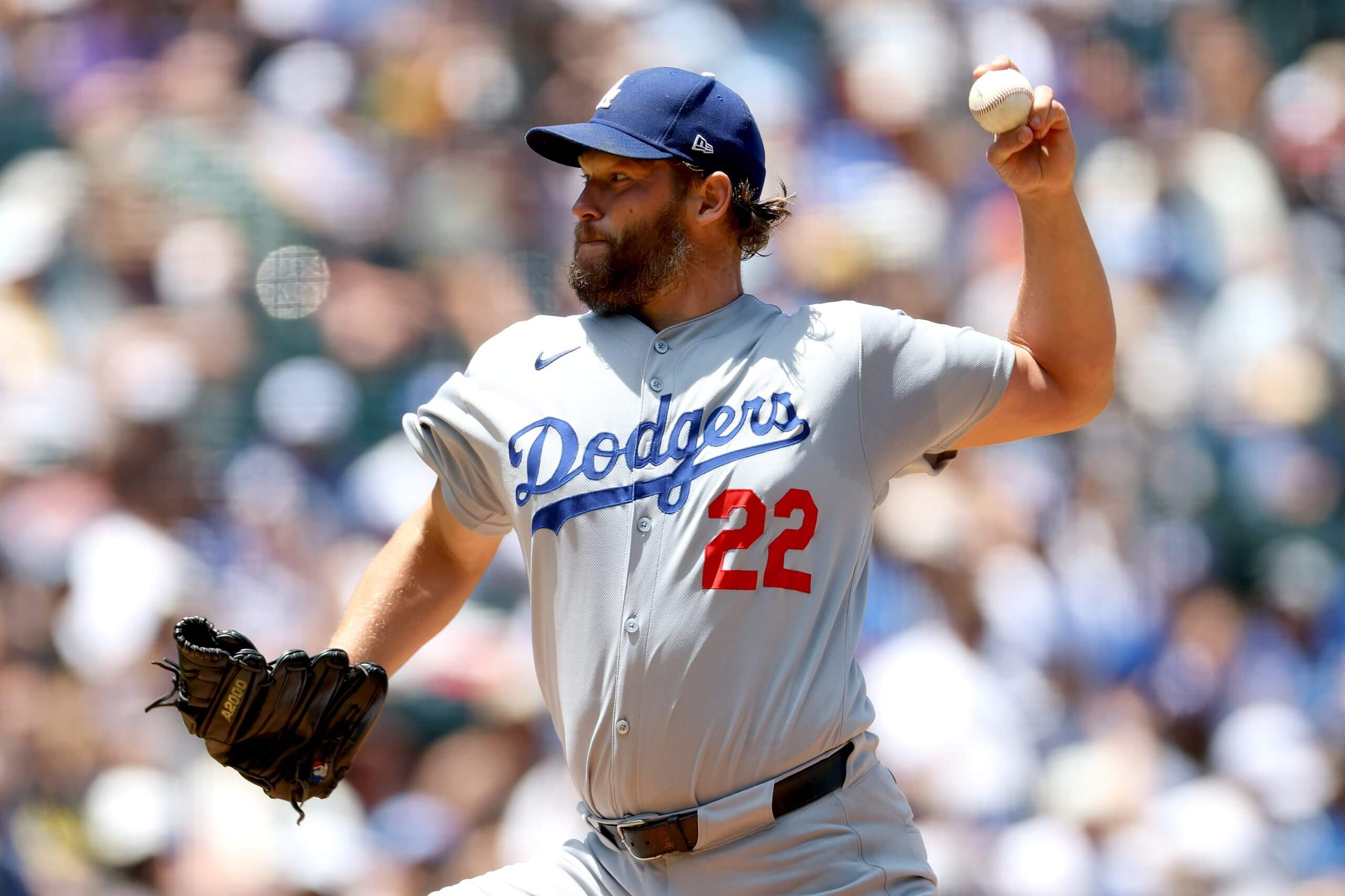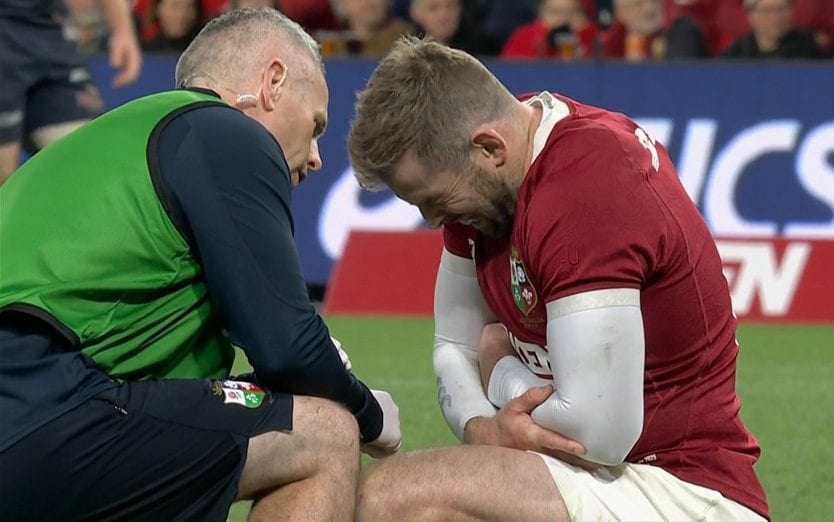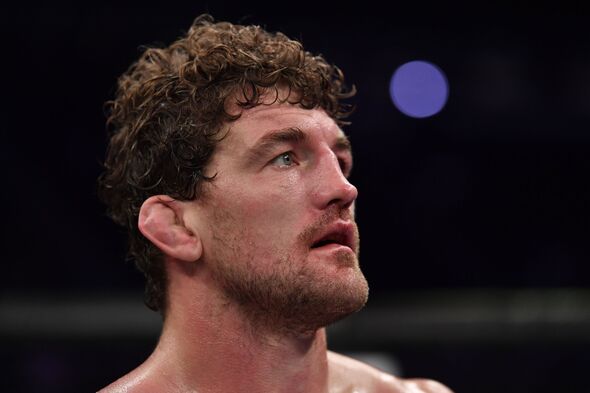Clayton Kershaw’s recent achievement of 3,000 career strikeouts has sparked a profound discussion across Major League Baseball: will he be one of the last to join this elite group? This monumental milestone, reached by only 19 pitchers in the history of the sport, stands as a testament to Kershaw’s exceptional longevity, unwavering skill, and remarkable consistency on the mound. Yet, amidst the celebration of his individual brilliance, a larger, more complex narrative unfolds concerning the evolving nature of pitching in modern Baseball.
The traditional role of the starting pitcher, once central to a team’s strategy, has undergone a significant transformation. Contemporary MLB teams are increasingly adopting bullpen-centric approaches, prioritizing specialized relief roles and limiting the innings pitched by their starters. This strategic shift, driven by analytics and a desire to maximize efficiency, inherently reduces the opportunities for individual pitchers to accumulate high strikeout totals over extended careers, making benchmarks like 3,000 strikeouts an increasingly distant aspiration for many.
Furthermore, the physical demands placed upon pitchers have intensified dramatically in the pursuit of velocity. While harder throwing can lead to more strikeouts, it often comes at a significant cost to a pitcher’s body. The relentless strain of delivering high-velocity pitches, coupled with intense training regimes, contributes heavily to the alarming escalation in Player injuries across the league. This heightened risk often leads to shortened careers or prolonged absences, severely hindering a pitcher’s ability to compile the necessary statistics for historic Pitching records.
Longevity, once a hallmark of pitching greatness and essential for accumulating significant career statistics, is becoming an increasingly rare commodity in professional baseball. The confluence of increased physical strain and strategic shifts means fewer pitchers are consistently commanding the mound for entire games, let alone entire careers. The era of the “workhorse” starter, who could reliably throw 200 or more innings season after season, appears to be drawing to a close, further diminishing the prospect of future pitchers reaching the hallowed 3,000-strikeout club.
These significant Baseball trends suggest that the path to 3,000 strikeouts, already incredibly arduous, may indeed become virtually impassable for future generations. While talent will always emerge, the systemic shifts in how pitching is managed and the physical toll it exacts imply that Kershaw’s achievement could stand as a historic anomaly rather than a benchmark for future aspirants. The sport is undeniably at a crossroads, contemplating the future of pitching dominance and the potential end of an era where singular pitchers consistently commanded the mound for entire games and careers. The question isn’t just “who’s next?” but “will there even be a next?”
Discover more from The Time News
Subscribe to get the latest posts sent to your email.






